Pressure ratings: industrial and energy processes?
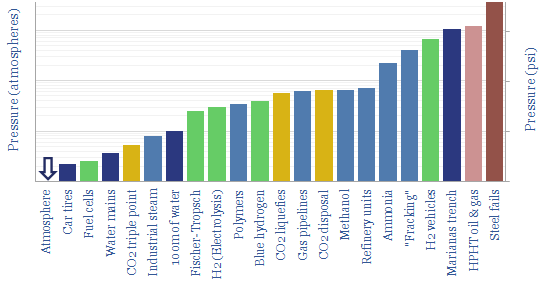
The purpose of this data-file is to chart the typical pressures of industrial processes and energy processes, as a useful reference. We are all used to 1 atmosphere of pressure,…

The purpose of this data-file is to chart the typical pressures of industrial processes and energy processes, as a useful reference. We are all used to 1 atmosphere of pressure,…
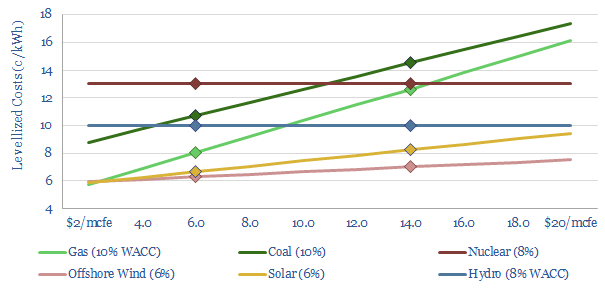
…renewable assets, their underlying components, and power-electronics companies (some examples are profiled below). However, it is not necessarily great news for consumers, fore-suffering higher energy prices. https://thundersaidenergy.com/downloads/variable-frequency-drives-leading-companies/ https://thundersaidenergy.com/downloads/solar-inverters-products-costs-and-companies/ https://thundersaidenergy.com/downloads/shoals-solar-electronic-breakthrough/ https://thundersaidenergy.com/downloads/siemens-gamesa-giant-wind-turbine-breakthroughs/…
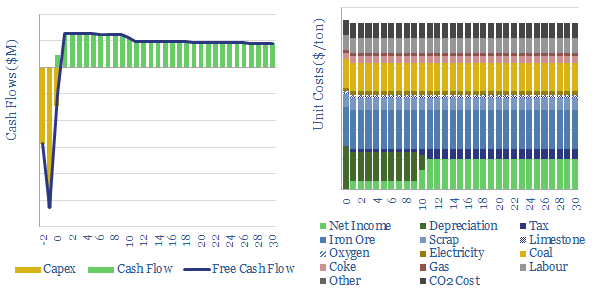
…sensitive to input assumptions, which are backed up by technical data, but can also be stress-tested. For example, we have undertaken a detailed case study into the energy intensity of…
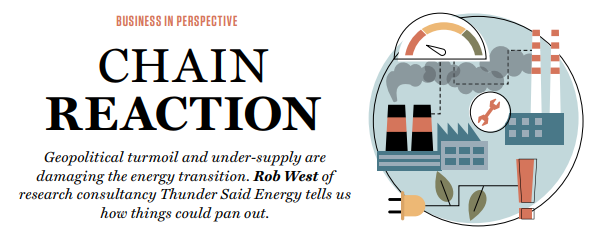
…2022’s impact on the energy transition. The resultant outlook is captured in six concise pages, published in the Walter Scott Journal in Summer-2022. Further research. Our overview into energy technologies…
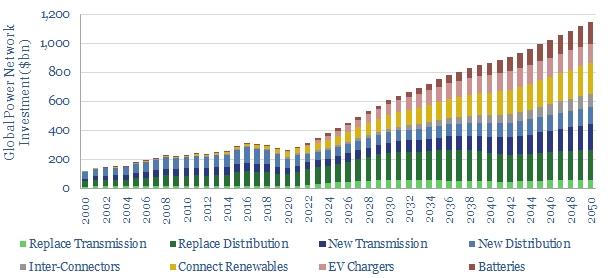
…larger than the total spending on producing all global primary energy. Whereas in the past, transmission and distribution were a kind of side-show, equivalent to c30% of total primary energy…
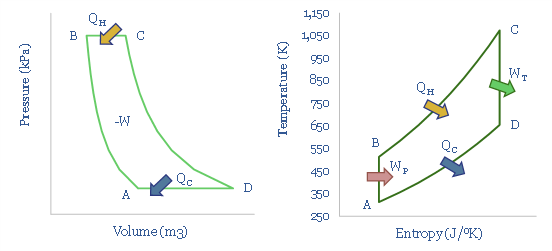
…CO2 power cycles. $449.00 – Purchase Checkout Added to cart Thermodynamics can be defined as the science governing energy flows. Especially at the “middle levels”, from the kinetic energy of billions of…
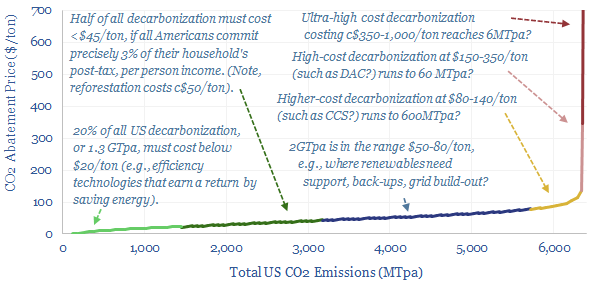
…emissions per capita in each income percentile (reference charts below). https://thundersaidenergy.com/downloads/energy-use-by-country-how-does-it-change-as-income-increases/ Conclusions: market sizing for energy transition technologies? 20% of all US decarbonization, or 1.4 GTpa, must cost below $20/ton,…
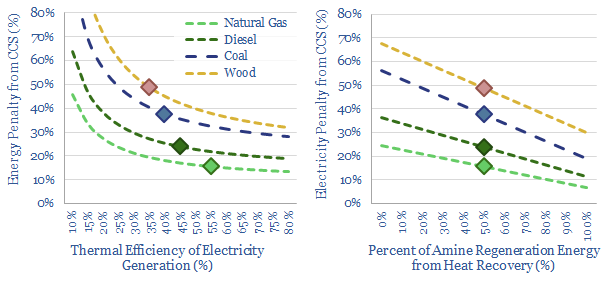
A thermal power plant converts 35-45% of the chemical energy in coal, biomass or pellets into electrical energy. So what happens to the other 55-65%? Accessing this waste heat can…
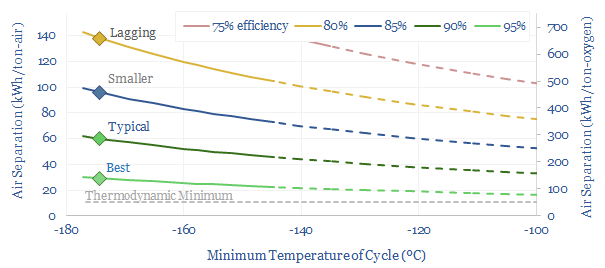
…16-page report is an overview of industrial gases. How does air separation work? What costs, energy use and CO2 intensity? Who benefits amidst the energy transition? $499.00 – Purchase Checkout Added to…
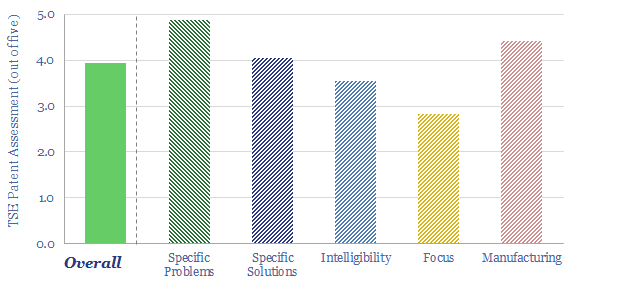
…vehicle. Typical air conditioners have a coefficient of performance (COP) of 2.5-3.5x, which means that each kWh of electricity inputs will deliver 2.5-3.5 kWh-th of cooling energy. Cooling energy, in…